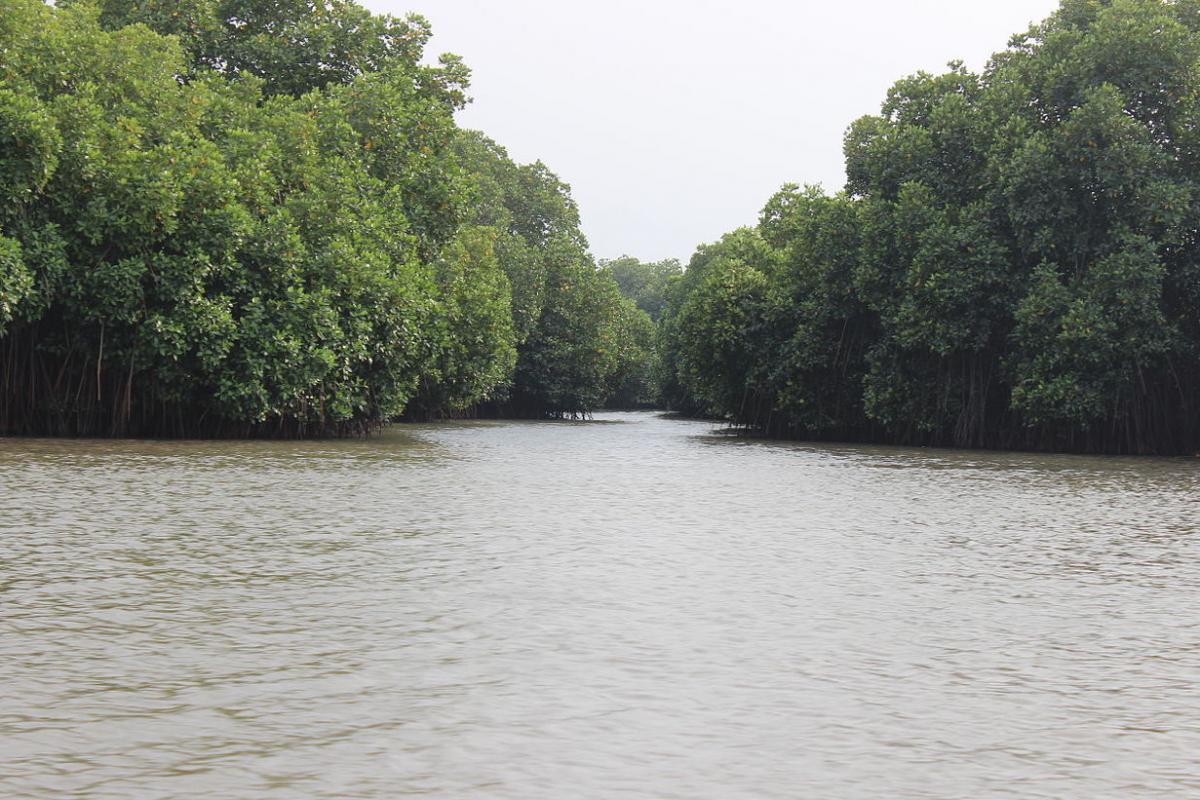Y: I think these mangrove forests are my favorite part of this coastline. I love how the trees look like they’re getting pulled out of the water.
D: It’s really neat that you can see their roots. And the flood protection they provide isn’t bad, either.
Y: How do mangrove forests do that, exactly?
D: The roots hold in sediment, which prevents erosion, and erosion makes floods a lot worse. The trees also reduce the force of incoming waves during a storm—one study found that the first 100 meters of mangrove forest can reduce up to 66% of wave energy. In the era of climate change, when sea level rise and stronger hurricanes are making flooding all the more dangerous and common, mangrove forests can hugely reduce the damage floods can cause.
Y: How hugely are we talking?
D: According to a recent study that studied 700,000 miles of coastline and used engineering and economic models, if we didn’t have the mangrove forests we do today, flood damages would increase by over $65 billion every year, and 15 million more people would experience the effects of floods.
Y: Those are pretty big numbers.
D: The bad news is that we’re losing mangrove forests to coastline development and aquaculture. But on the bright side, it’s possible to restore mangrove forests—at least, scientists know how to do it. We’ve seen successful restoration projects in countries like Vietnam, the Philippines, and Guyana, and with more people understanding their importance, I’m hoping we’ll see more.
Y: Me too. Trees that are beautiful and useful—it doesn’t get much better than that.










